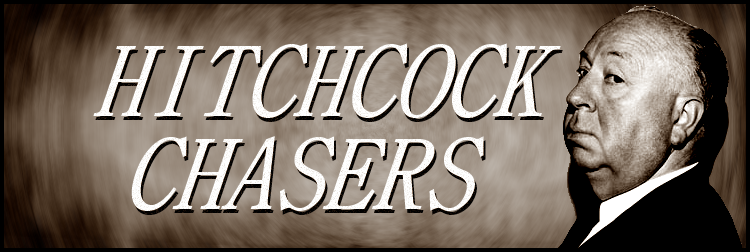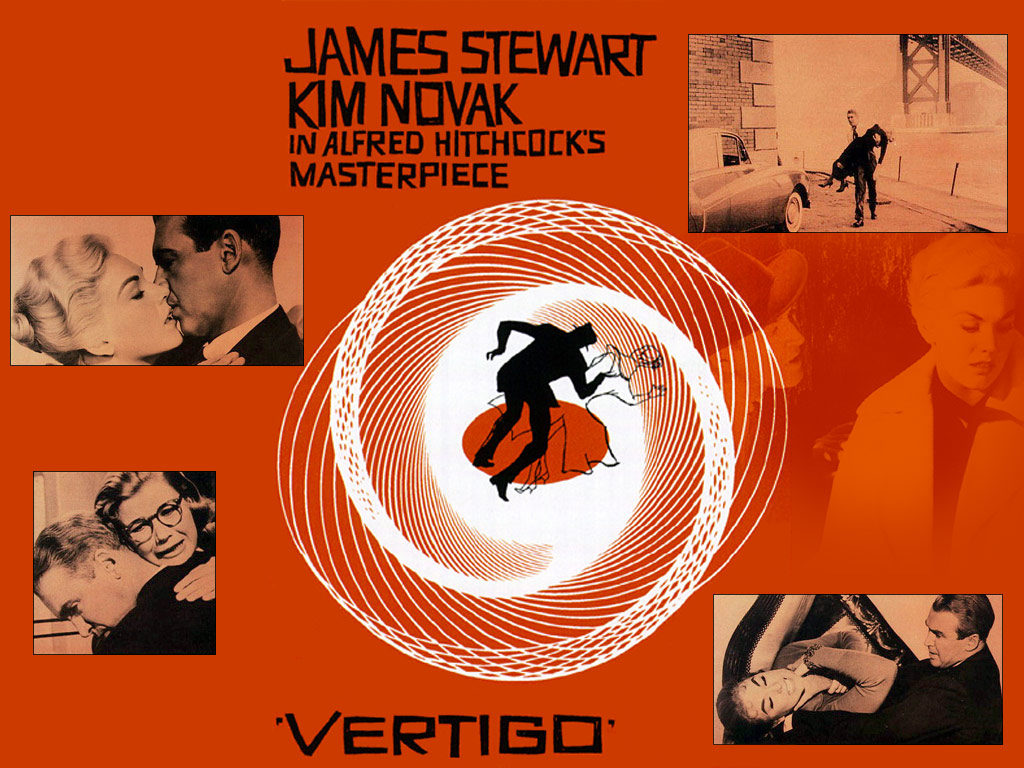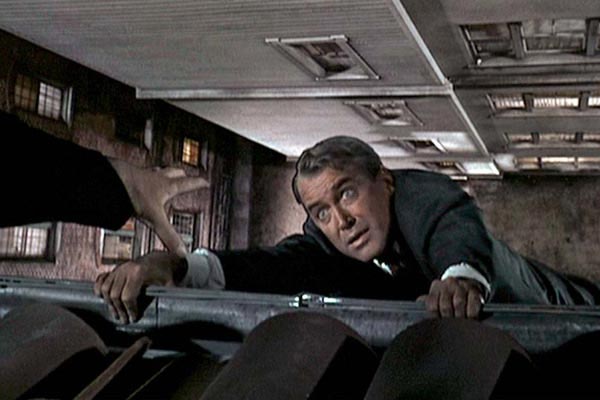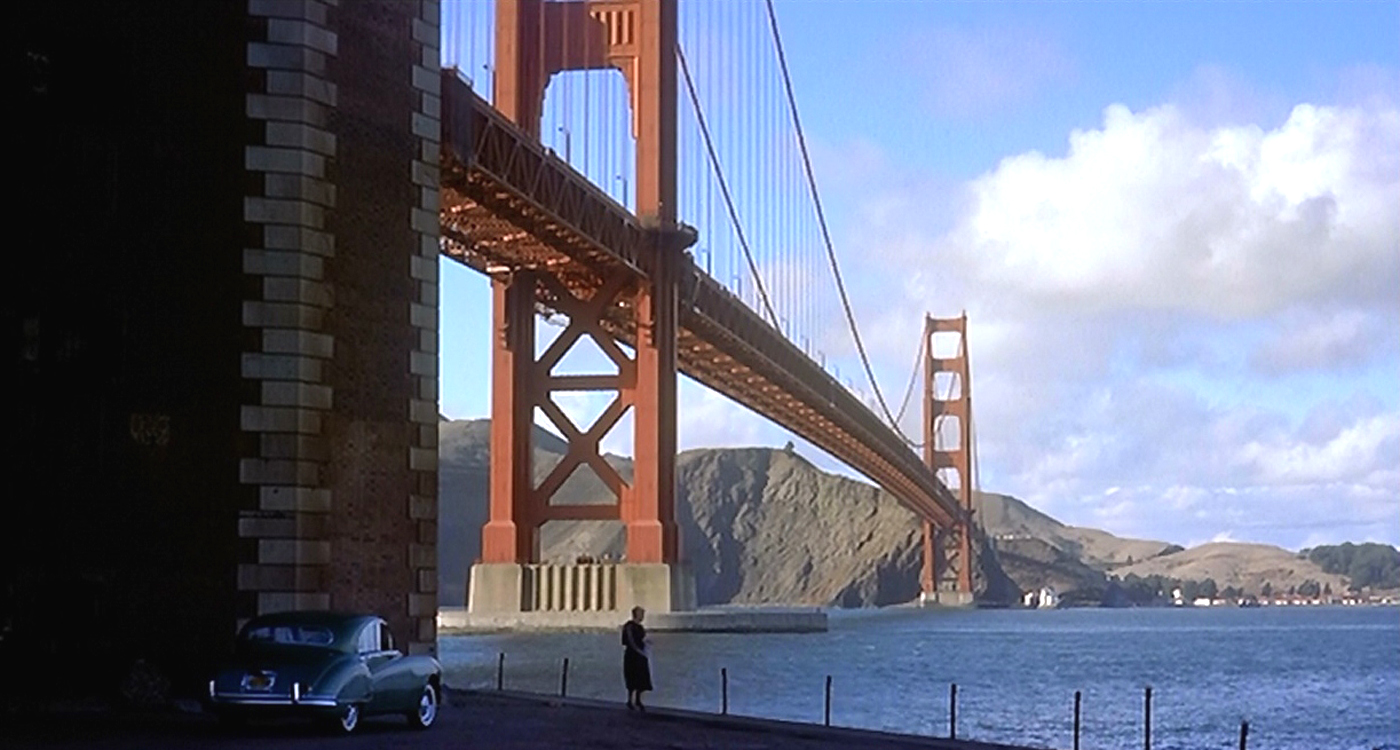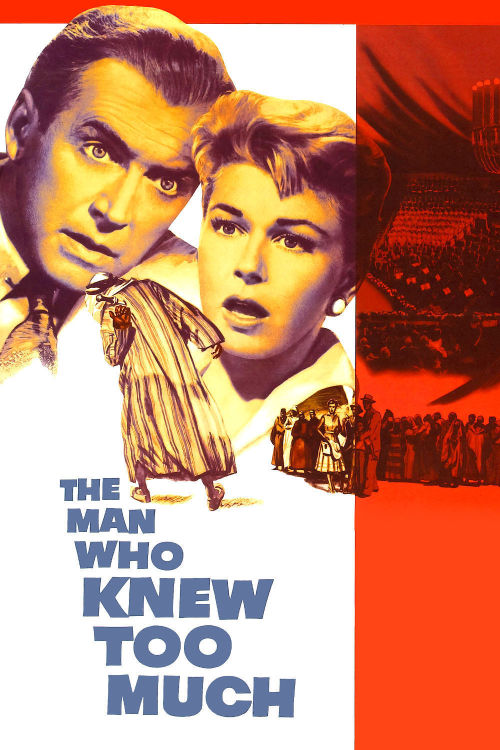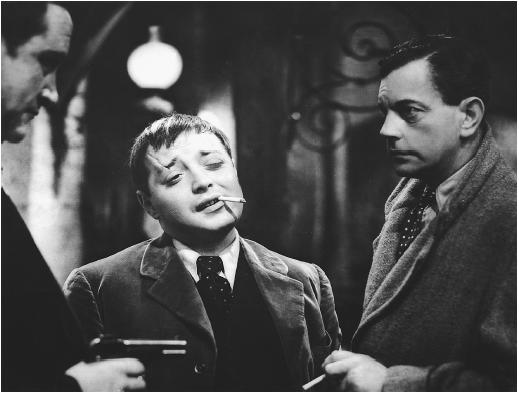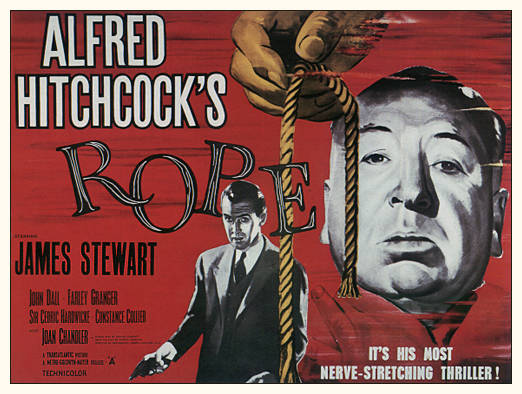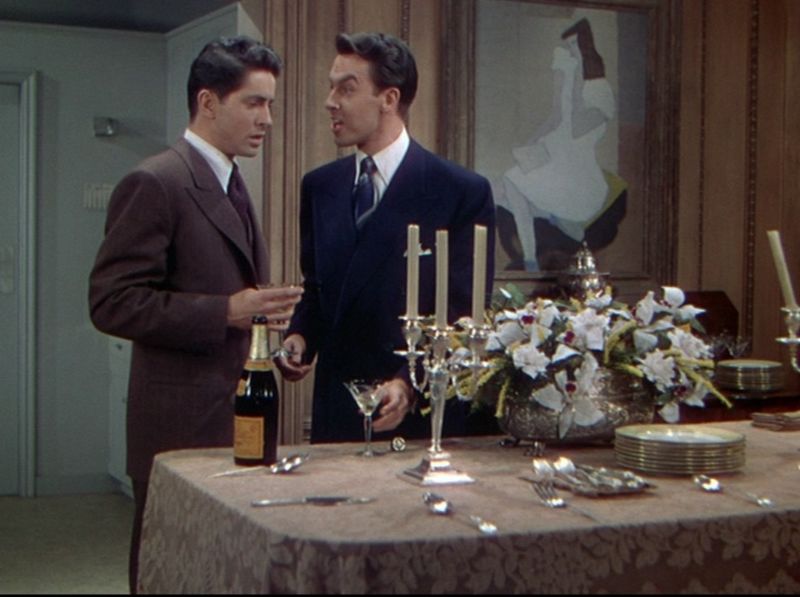North By Northwest (1959)
 Tuesday, February 10, 2015 at 9:12PM
Tuesday, February 10, 2015 at 9:12PM 
Vertigo was truly the cat’s proverbial pajamas, and shocked me with a fully cinematic experience. Perhaps it was a little to serious for a onesie, but still very solid. However word on the street is that audiences of the time didn’t dig the film they way it is regarded today. Hitch appeared to have been working on his next film even during Vertigo’s production, which appears to be very prescient of him. After all what would be better than following up this gloomy thriller with what is probably his most entertaining film ever?
North by Northwest (or NBN as it will be called throughout this post so we can save lives) follows Cary Grant as ad exec Roger Thornhill with quite possibly the most ridiculous case of mistaken identity ever (be careful when you ask for a waiter). He then gets involved in a plot with all sorts of fancy evildoers (headlined by James Mason and a very young/weird Martin Landau), assassinations of UN officials, planes attacking in the middle of nowhere in very uneconomical fashion (um run him over with a car?!) and a forward young woman (Eva Marie Saint playing Eve Kendall) way too many years his junior … unless you are a character played by Cary Grant. Does this make for some ridiculous movie fodder? Yes, but Hitch’s appreciation of audience awareness makes this one thoroughly thrilling and equally comical ride.

Seeing this movie as a youngster, my only recollection was that Cary Grant was on the run, being falsely accused or something. Still I knew that would happen going in, and as such the moment I saw how he gets into this predicament, you can't help but laugh. Even though it may seem a lame course by which to get the plot rolling, the fact that right before this moment the lead is truly incredulous as to how he got into this mess leads to totally hilarity. It is a twist on the "wronged man" mold the Master established, with a comedy of errors blended in.
Continuing phase 3 of his career (as mentioned in the last post, the arguable apex of his talent) the Master starts NBN with a great, unique, and electric credit sequence setting the stage for the journey you and the characters (literally West… and kinda North) will take. Set pieces are sometimes large, with the UN and Mount Rushmore being key though completely overshadowed (in this viewer’s humble opinion) by a train where Thornhill and Kendall meet, as well as backdrop near a cornfield where an infamous airplane attack occurs (we’re foreshadowing Bond villains with these ridiculous murder attempts).
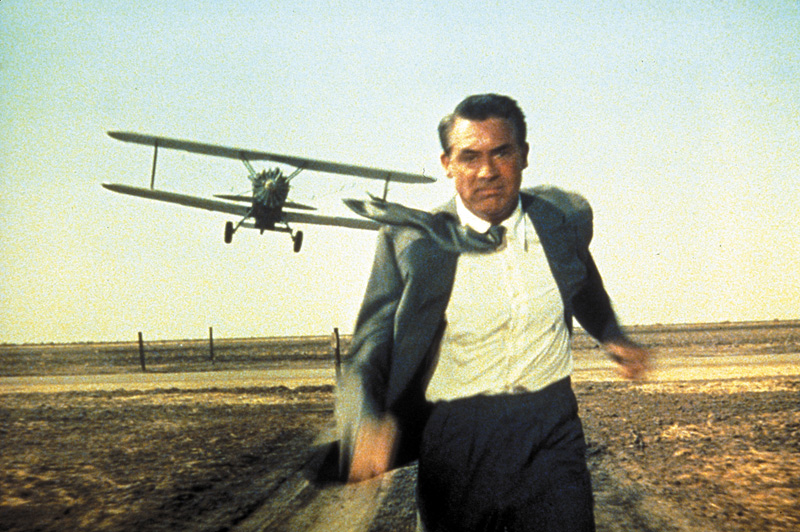
Still as I reference earlier, a fine balance is taken to keep the film funny while still building suspense, mystery and romance. Hitchcock certainly appreciates the audience; he always gives us crucial knowledge the characters don’t have. But here he furthers that fondness with understanding of clichés and traits of other films, including those he made beforehand. Now granted it may not work for everyone, and I am a self professed film geek that might appreciate it more than others, but with the amount of love for this film I highly doubt it.
It’s not all fun and games however, with the unfortunate dating issues. There are some great shots with matte paintings that while appearing dated and fake, are nonetheless beautiful and respectable. But this along with some odd experimental choices and rear-screen projection are present throughout Hitch’s filmography. I can nit pick all I want, but these minor critisms can’t hold back major compliments to most of his filmography, especially this film.
I’m almost certain that even my contemporaries that are more interested in the movies of the day could fall for this, which goes to show the power the Master of Suspense imbued in his 56-year-old masterpiece.
 Adventure,
Adventure,  Comedy,
Comedy,  Hitchcock Chaser,
Hitchcock Chaser,  Romance,
Romance,  Suspense in
Suspense in  Hitchcock Chasers
Hitchcock Chasers 


